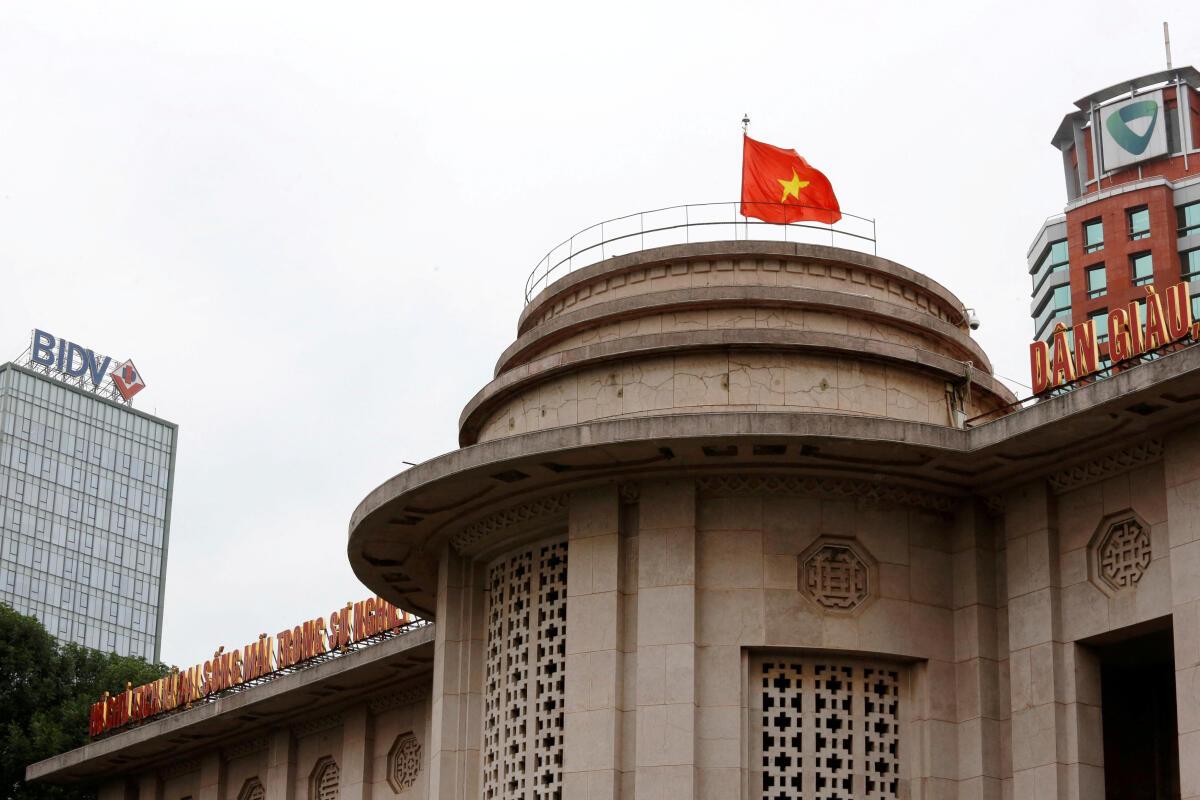During the war, U.S. forces utilized defoliants, substances that when applied to plants, cause their leaves to fall off. The U.S. sprayed defoliants en masse over forests to deprive North Vietnamese forces from using them as cover.
One of the most infamous examples of a defoliant used during the war was called Agent Orange. It’s a mixture of two compounds called 2,4,5-T and 2,4-D in a 1:1 ratio. After the war, more than a million people in Vietnam were estimated to have developed major illnesses due to exposure to Agent Orange.
Britain was the first country to use defoliants as a weapon of war, during the Malayan Emergency. It prepared a substance nearly identical to Agent Orange but in a way that also contained a toxin called dioxin. Dioxin was the culprit in the Seveso disaster of 1976.
Alongside Agent Orange, the U.S. developed a mixture of cacodylic acid, sodium cacodylate, and water to destroy rice plants. These plants were otherwise very difficult to destroy, even with fire. The mixture killed these plants by dehydrating them.
The use of napalm has been banned against civilian populations since 1980, but its use affected civilians during the Vietnam War


